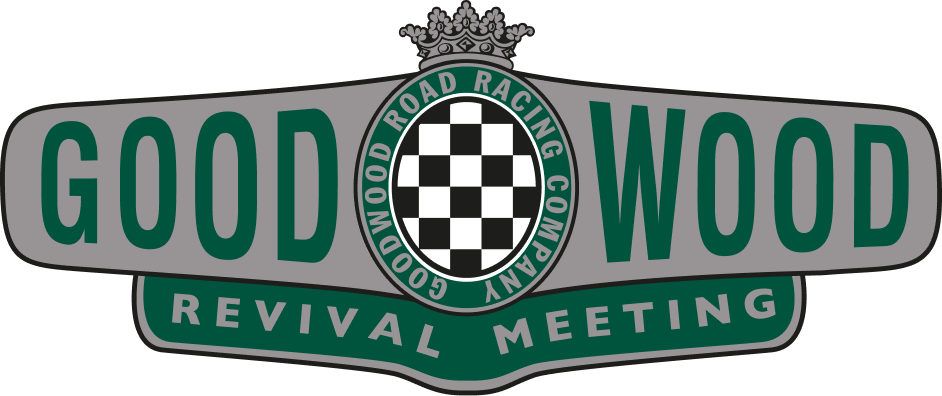The nine best Lamborghini road cars ever made
From front-engined GTs to mid-engined supercars, Lamborghini has done it all, and sometimes not as well as some of its competitors. But what Lamborghini has always had in spades is personality, a sense of fun, and that fun, that flamboyance, has shone through in nearly every car it has produced. What are the best Lamborghinis ever made? Here goes nothing…

Lamborghini 350 GT
Yes, the first Lamborghini was a tractor, but the 350 GT was the very first Lamborghini road car. And what a beautiful car it was.
The story goes that founder Ferruccio Lamborghini wasn’t treated well enough by Ferrari, having bought a number of cars in the late 1950s and found them all to be less than well built, and so he set about creating his own car company. The 350 GT was its first fruit.
Launched at the 1964 Geneva Motor Show the 350 GT was based on the prototype 350 GTV designed by Carrozzeria Touring, and had an all-aluminium body, independent suspension at all four corners, a five-speed manual gearbox and a 3.5-litre, quad-cam V12 engine with 274PS (270bhp). Only around 120 were built, the 350 GT gradually morphing into the 4.0-litre 400 GT.
While bad customers service is never a good thing, we can’t help but be a little grateful Ferruccio Lamborghini’s experience with Ferrari wasn’t such a good one…

Lamborghini Miura
It almost feels like a cliché to include the Miura on this list because it’s just so obvious, but how could it not get a mention? The Miura is the supercar daddy, the blueprint so many mid-engined machines have followed.
Launched just as production of the 350 GT was coming to an end, it was a total transformation for the Lamborghini brand and a hammer-blow to Ferrari. With a mid-mounted, 4.0-litre V12, seating for two and looks to die for (it was styled by Marcello Gandini), it took the world by storm and became an icon overnight. Even the name ‘Miura’ was cool, originating from Don Eduardo Miura, a famous breeder of fighting bulls.

Lamborghini Espada
The Espada is a real gem of Lamborghini’s model history. Revealed to the world just three years after the Miura and five years after the 350 GT, the Espada was a full four-seat Lambo with rear-wheel-drive, either an automatic or a manual gearbox in the middle and a 4.0-litre, quad-cam V12 up front.
The first Espada, the Series I, had 330PS (325bhp), and the Series II and Series III had 355PS (350bhp), but improvements were made throughout the whole car with each update. There was a better braking system on the Series II, for example, as well as better rear-seat ventilation, and the Series III saw a redesigned interior, with many of the controls now moved slightly closer to the driver for ease of use. Ergonomics were obviously something of an afterthought back in Lamborghini’s early days…
The Espada lasted from 1968 to 1978, and in that decade more than 1,200 cars were built, more than 500 more than the Miura.
Although there were rumours of a modern-day Espada in the late noughties, and Lamborghini created the Estoque concept back in 2008, the Espada was the last front-engined Lamborghini until the Urus joined the party.

Lamborghini Urraco
The Lamborghini Urraco was the very first entry-level Lamborghini, a sleek, two-door, four-seat, mid-engined machine with a stunning steel body designed, like the Miura, by Marcello Gandini.
Urraco translates as ‘young bull’, and so where the Miura had a big V12 the Urraco had a series of modest V8s, starting with the 2.0-litre P200, followed by the 2.5-litre P250 and the 3.0-litre P300. Performance improved respectively through the years, dropping from 0-62mph in 7.2 seconds to 6.9 and eventually 5.6 seconds. And even though the Urraco’s wheelbase was a full 9cm shorter than that of the Miura, the designers managed to squeeze four seats into the cabin.
They were beautiful, relatively simple and, today, they’re not all that expensive.

Lamborghini Jalpa
A household name Jalpa is not, but it remains an important vehicle for Lamborghini. The Jalpa was the first ‘entry level’ two-seater Lamborghini that could be considered successful, as the Silhouette that came before it did not sell in great numbers at all.
Using the same basic V8 engine as the Silhouette but with a longer stroke, the 3.5-litre V8 Japla had 258PS (255bhp) and could steam its way all the way to 155mph, not bad back in the early 1980s.
Its design might not have been quite as dreamy as the Countach, but it had pop-up headlights, and what more do you really need in life? Only 419 were built, and there wasn’t another entry-level raging Bull until the Gallardo came along almost two decades later.

Lamborghini Countach
The ultimate Lamborghini poster car? Quite possibly. The Lamborghini Countach was the difficult follow-up to the legendary Miura, and my word did Lamborghini do a good job.
Shown to the world as the LP500 Concept at the 1971 Geneva Motor Show, the Countach, like the Miura, was designed by Marcello Gandini. It was a wedge, and with its scissor doors it was a car that no one thought Lamborghini would build. But build it Lamborghini did.
From concept to production reality very little changed, making the Countach one of the most eye-catching road cars ever made. It had V12 power, like the Miura, but the engine was mounted longitudinally rather than transversely. The gearbox, too, was moved to between the seats for better weight distribution. The result was performance credentials to match the looks and the noise.
The original Countach P400 had 375PS (370bhp), but by the end of the Countach’s life, the Countach 25th Anniversary (designed by none other than Horacio Pagani), power had risen to a whopping 455PS (449bhp).

Lamborghini Gallardo Spyder
Not all that long ago we included the Gallardo in our list of the ten best noughties supercars, specifically the very early Gallardo, chiefly because, although the automatic cars ate clutches like there was no tomorrow, the first Gallardo was by far the prettiest. Well now its time for the original Gallardo Spyder to shine, or rather to hold the torch for the Gallardo family.
Firstly, the Gallardo Spyder had the 5.0-litre V10 engine rather than the later 5.2, so it had a slightly different and, to our ears, sweeter tune. Secondly you could put the roof down to get an absolute earful.
More importantly, though, the Gallardo makes this list because it was something of a gamechanger for Lamborghini, going on to become the most successful model in the company’s history, with more than 14,000 built over 10 years. Sure, the Huracan has already knocked that figure for six, but the Gallardo was Lamborghini’s first big-seller.

Lamborghini Murcielago LP640
The Murcielago was the first all-new V12 Lamborghini from the company post-Audi takeover. Well, all-new is a loose term, as the engine can be traced back to the Miura, but it was the first new nameplate at the very least. And over the years it evolved from the 6.2-litre, 580PS (572bhp) Murcielago to the monstrous 6.5-litre, 670PS (660bhp) LP670-4 SV (SV standing for Super Veloce, which sounds much more exotic in Italian than English, where it’s just “Super Fast”). But it was the Murcielago LP640 that we think was the real sweet spot.
It had the 6.5-litre V12 that the SV had but with a shade less power, at 640PS (631bhp). But it wasn’t as extreme to look at or to live with as the SV, however, and came with a six-speed manual as standard (the Murcielago SV was automatic only). Those of you who know your V12 Lambos will know then that this was the last V12 manual Lamborghini, and in the same way a manual Ferrari 599 is an extremely desirable motor car the LP640 should be held in similarly high regard.

Lamborghini Aventador SVJ
Now we arrive at what must be considered the ultimate Lamborghini road car. It has a big V12, crazy power, spaceship looks and, crucially, a greater potential to relieve you of your driving licence than any Lamborghini before it. This is the Lamborghini Aventador SVJ.
The Lamborghini Aventador LP770-4 SVJ, to give it its complete title, isn’t just more powerful than the Aventador SV, with 770PS (759bhp) from its 6.5-litre, naturally-aspirated V12 compared to the SV’s 750PS (740bhp), but it features even more complicated aerodynamic devices to eek out more performance and lap-time from the Aventador’s near-decade-old chassis.
The SVJ was the first Lamborghini to use the ‘Aerodinamica Lamborghini Attiva’ system, or ALA for shot, which channelled air around, over, under and through the Aventador’s bodywork in new ways, increasing downforce by 40 per cent but only increasing drag by one per cent. The result was a Nürburgring lap time of 6m 44.97s, making it the fastest road car to lap the Nordschleife, beating the mighty 911 GT2 RS. Big V12 Lambos used to be considered shouty, flamboyant, jokey machines. There’s certainly nothing funny about the speed of the SVJ.
Lamborghini
Aventador
350 GT
Countach
Urraco
Espada
Jalpa
Gallardo
Murcielago
Miura
\





